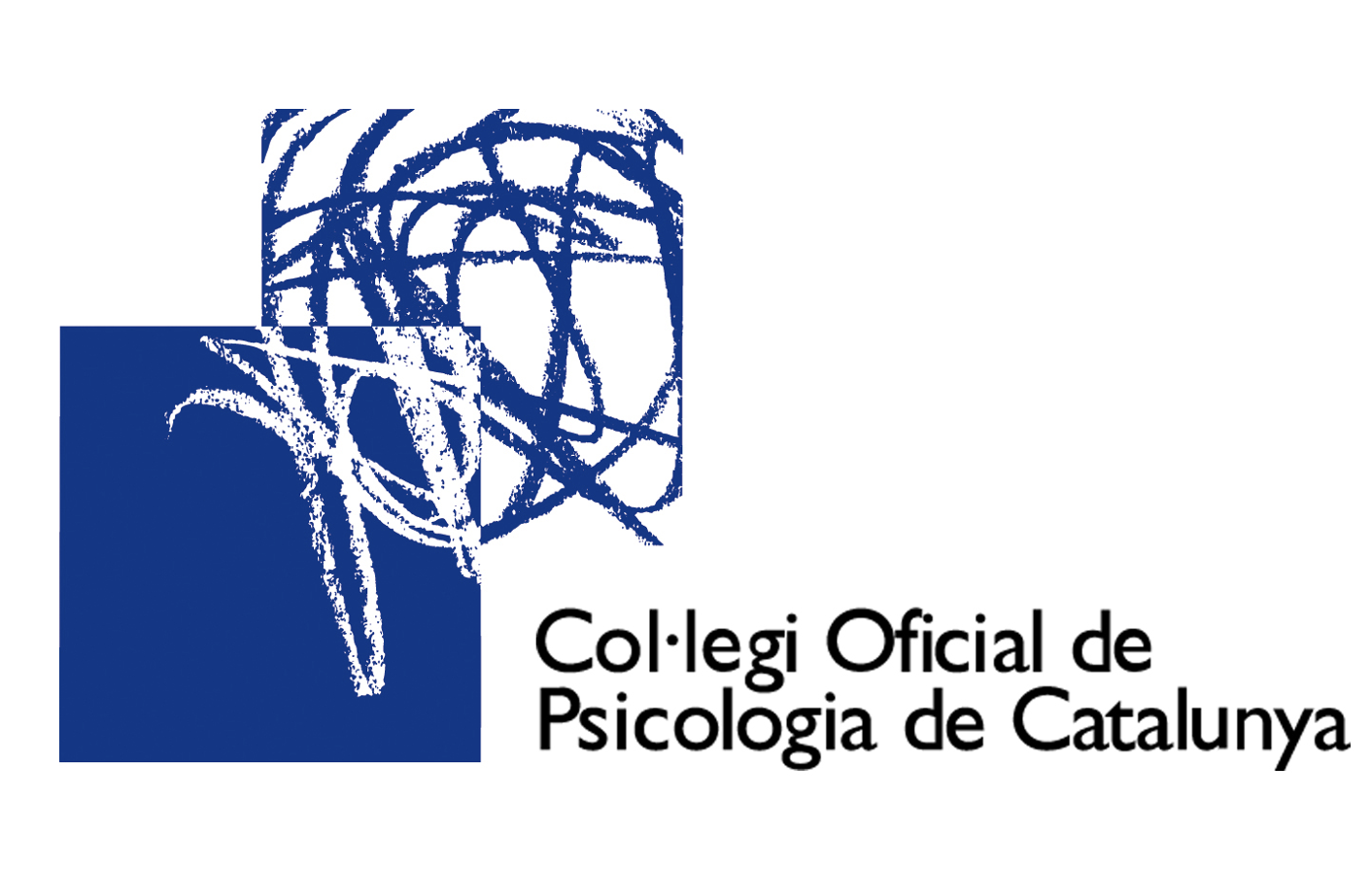The protective bubble of Eve. An imaginary work activity in a therapy session with Humanistic Integrative Psychotherapy
Keywords:
actividad imaginaria, fantasía, psicoterapia integradora humanista, ansiedad, recursos terapéuticosAbstract
Eva is a twenty eight year old woman who presents a generalized anxiety disorder and obsessive-dependent personality traits. In order to understand the patient, a DSM psycho diagnostic is included, with indications form Million’s theory of Axis II, and also a diagnosis in terms of Integrative Humanist Psychotherapy. The article focuses on a specific session, towards the end of her psychotherapy process, in which imaginary fantasy exercises were used to solve a conflictive situation in Eva’s life. This situation which generated great anxiety was when she and her partner went to visit her in-laws. The article shows how Eva was able to solve this conflict adequately, thus preparing to confront it in real life, feeling protected by her personal resources. As she later verbalized, the fantasy exercise was the key to overcome the anxiety this situation activated, and to experience it thereon with calmness and serenity.Downloads
Downloads
Published
How to Cite
Issue
Section
License
Authors who publish in this journal accept the following conditions:
-
Authors retain copyright and grant the journal the right of first publication, with the work registered under the Creative Commons CC-BY-NC 4.0 International license. This license allows third parties to cite the text and use it without alteration and for non-commercial purposes, provided they credit the authorship of the work and its first publication in this journal.
-
Authors may enter into other independent and additional contractual agreements for the non-exclusive distribution of the version of the article published in this journal (e.g., including it in an institutional repository or publishing it in a book), provided they clearly indicate that the work was first published in this journal.
-
The views expressed in the articles are solely the responsibility of the authors and in no case do they reflect the opinions or scientific policies of the journal.









